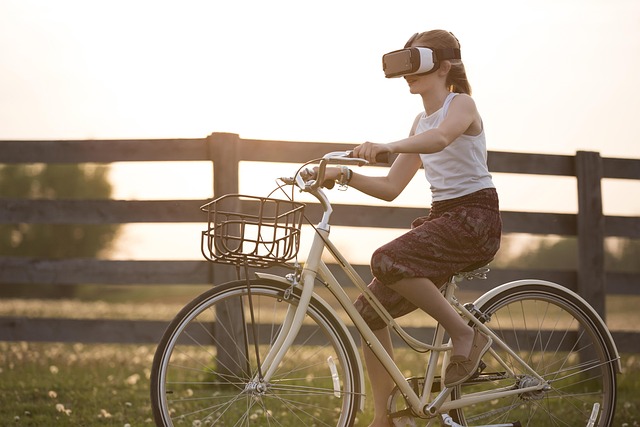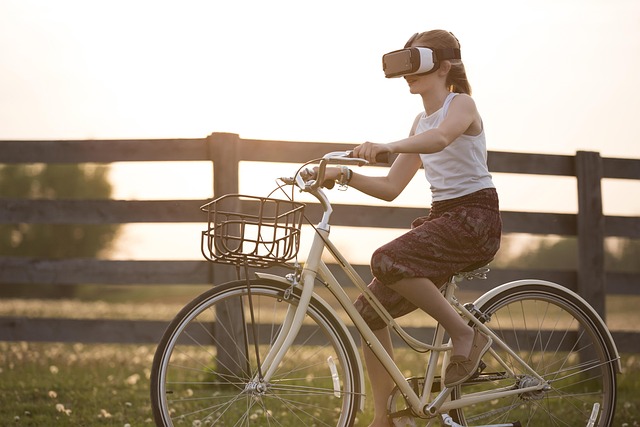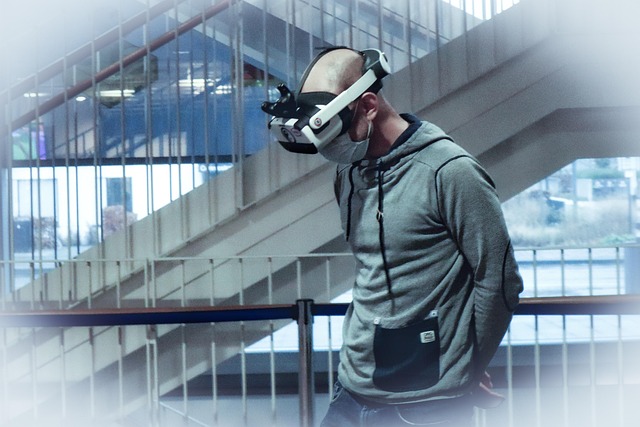In the ever-evolving landscape of technology, the fusion of art and innovation has given rise to an exciting frontier: interactive virtual scenography. This avant-garde practice is revolutionizing the way we experience environments, turning traditional settings into dynamic, participatory realms through the power of virtual reality (VR), augmented reality (AR), and the metaverse.
Virtual Reality: Immersion Beyond Limits
Imagine stepping into a theater where the stage transforms into a fully immersive world. With VR, audiences can be transported to a medieval castle or an otherworldly landscape, feeling as if they are part of the narrative rather than mere observers. Virtual scenography allows directors and designers to craft experiences that engage the senses and stir emotions. The ability to manipulate every aspect of the environment—from lighting to sound—empowers creators to shape the mood and pace of the story in real-time, making every performance a unique experience.
Augmented Reality: Blending Real with Imaginary
While VR creates immersive environments that replace the real world, AR enhances our reality by overlaying digital elements onto our physical surroundings. Picture walking through an art gallery where paintings come to life or touring a historical site that provides rich contextual information through your smartphone. In the realm of virtual scenography, AR opens up endless possibilities for interaction and engagement. Audiences can not only observe but participate, adding layers of meaning and personal connection to the experience.
The Metaverse: Endless Potential for Creation
As we venture further into the metaverse, the boundaries between the digital and physical continue to blur. This interconnected digital space offers a playground for interactive virtual scenography, where people from around the globe can converge, collaborate, and create together. Artists and designers can build immersive environments that defy the laws of physics, where traditional notions of space, time, and narrative are redefined. The metaverse serves as a canvas for the imagination, inviting creators to explore and experiment in ways previously deemed impossible.
Virtual scenography is not just about technological advancements; it’s about connecting with an audience on a deeper level. Through the use of VR, AR, and the metaverse, we can evoke feelings, provoke thoughts, and invite participants to be co-creators in their experiences. As we navigate through this new landscape, we find ourselves at the intersection of creativity and technology, where the possibilities are limitless and the journey is just beginning.




